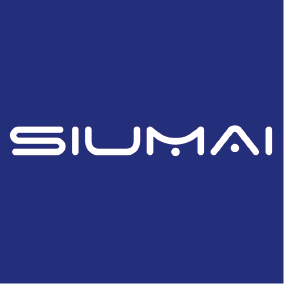Offset printing is a widely used commercial printing process that involves transferring ink from a printing plate to a rubber blanket and then onto the printing substrate, usually paper. There are two main types of offset printing machines: UV offset printing machines and ordinary offset printing machines. While both types of machines use similar principles to transfer ink onto paper, there are some key differences between them.
UV Offset Printing Machine: A UV offset printing machine uses ultraviolet (UV) light to cure the ink after it is transferred to the substrate. This curing process creates a very fast-drying ink that results in vibrant colors and sharp images. The UV ink is cured by exposure to UV light, which causes the ink to solidify and bond with the substrate. This process is much faster than traditional drying methods, allowing for faster printing speeds and shorter drying times.
One of the key benefits of UV offset printing is that it allows for the use of a wide range of substrates, including plastic, metal, and paper. This makes it an ideal printing method for products such as packaging, labels, and promotional materials. The use of UV ink also results in a very high-quality print, with sharp, clear images and vibrant colors.
Ordinary Offset Printing Machine: An ordinary offset printing machine, also known as a conventional offset printing machine, uses oil-based ink that is absorbed into the paper. This ink is applied to the printing plate and transferred to a rubber blanket before being transferred to the substrate. The ink takes longer to dry than UV ink, which means that printing speeds are slower and drying times are longer.
One of the main advantages of ordinary offset printing is that it is a very versatile printing method that can be used for a wide range of applications, from business cards to large-format posters. It is also a cost-effective printing method for large print runs, as the cost per print decreases as the volume of printing increases.
Differences Between UV and Ordinary Offset Printing Machines:
- Drying Time: The main difference between UV offset printing and ordinary offset printing is the drying time. UV ink dries almost instantly when exposed to UV light, while traditional ink takes much longer to dry.
- Substrate: UV offset printing can be used on a wider range of substrates than traditional offset printing, including plastic, metal, and paper.
- Quality: UV offset printing results in a very high-quality print with sharp, clear images and vibrant colors, while traditional offset printing may result in a less vibrant print.
- Cost: UV offset printing is generally more expensive than traditional offset printing, due to the cost of UV ink and the specialized equipment required.
In summary, UV offset printing machines and ordinary offset printing machines are both widely used in the printing industry, but they differ in terms of drying time, substrate, quality, and cost. While UV offset printing is a more expensive option, it offers faster printing speeds, better quality, and the ability to print on a wider range of substrates. On the other hand, ordinary offset printing is a versatile and cost-effective option for large print runs of traditional materials such as paper.
SIUMAI packaging uses UV offset printing machines to print packaging boxes in the whole line, reducing environmental pollution and ensuring the quality of packaging boxes is in a high-quality state.
Post time: Apr-13-2023







